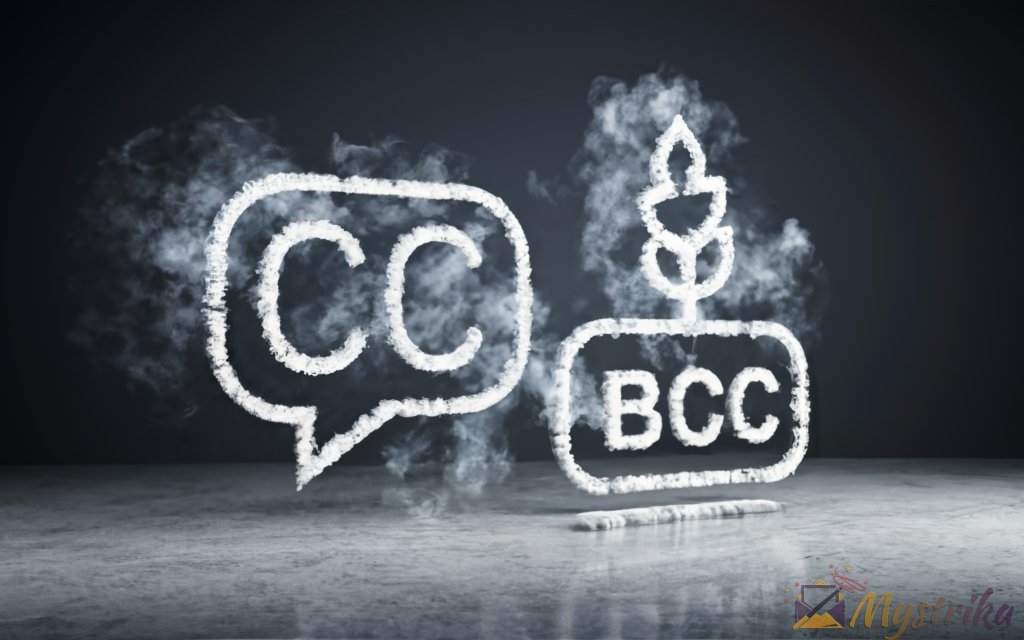Sending emails to multiple recipients? CC and BCC are your new best friends. Learn how to copy contacts seamlessly, collaborate with colleagues, and take your Gmail game to the next level. Whether you’re a Gmail newbie or a power user, this guide has you covered. We’ll decode the differences between CC and BCC, unleash advanced tips like scheduling and contact groups, and dive into deliverability best practices. Ditch generic email blasts. Craft targeted messages with customized CC and BCC to engage recipients and get results. Let’s dive in!
Understanding CC and BCC in Email
Navigating the complex world of email can be tricky, especially when it comes to CC and BCC. These handy little features allow you to copy recipients on an email thread, but they aren’t created equal. Understanding when and how to use CC and BCC can level up your email game and prevent embarrassing faux pas.
What is CC and BCC?
CC stands for Carbon Copy, a holdover term from the days of typed letters and carbon paper. When you CC someone on an email, you are sending them a copy of the message so they can stay in the loop. The CC recipients are listed visible to all recipients in the email header.
BCC stands for Blind Carbon Copy. It works just like CC, except the BCC recipients are not visible to the other people receiving the email. The BCC field allows you to discretely copy contacts without exposing their email addresses to others.
When Should You Use CC Versus BCC?
Deciding when to CC versus BCC comes down to context and intent.
Use CC when:
- Keeping colleagues informed on a project or initiative
- Looping in related parties for awareness, but not urgent action
- Introducing contacts to each other
Avoid CC when:
- Sharing sensitive information
- Including large mailing lists
Use BCC when:
- Protecting contact privacy
- Sending to a large group who don’t know each other
- Adding hidden recipients as part of an email workflow
Avoid BCC when:
- You want open communication between recipients
- Sending personalized emails – it looks spammy
CC and BCC Email Etiquette
Follow these simple CC and BCC etiquette tips for professional, courteous emails:
- Only CC recipients who truly need to be informed
- Use BCC for mass emails to avoid exposing contacts
- Customize messages for the primary recipient
- Avoid “Reply All” unless necessary
- Remove inactive contacts from CC chains
- Use descriptive subject lines including [CC] or [BCC]
Proper CC and BCC usage optimizes your outreach while minimizing clutter and respecting privacy. With practice, you’ll master the art of selective, intentional email copying.
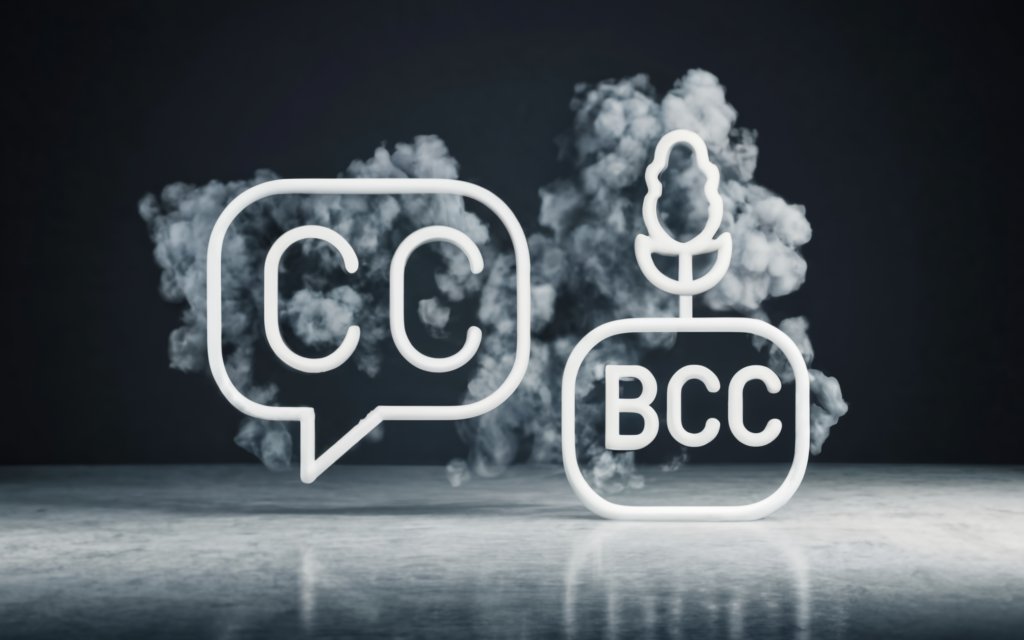
Using CC in Gmail
Gmail’s CC feature allows you to easily copy recipients on emails and keep contacts in the loop. From desktop to mobile, CC enables transparent communication and hassle-free collaboration. Read on to master CC in Gmail.
How to CC Someone in a New Gmail Message
CCing someone in a new Gmail message takes seconds. Simply follow these steps:
- Open Gmail and click Compose to start a new email.
- Enter the recipient’s address in the To field as you normally would.
- Click the dropdown arrow next to the To field and select “Cc” from the menu.
- Type the email address(es) you want to CC in the new Cc field that appears. Separate multiple addresses with commas.
- Compose your email as desired, then click Send!
The Cc recipients will receive a copy of the message with their address displayed in the header.
CC Multiple Recipients in Gmail
Gmail makes it easy to CC multiple people at once. You have a few options:
- Separate addresses with commas: Simply type each address separated by a comma in the Cc field.
- Copy/paste a list: Copy a list of addresses from another document and paste them into the Cc field. Separate with commas if needed.
- Select from Contacts: Click the Cc field and start typing a name to select from your contacts. Keep adding more names.
- Import CSV: You can import a list of contacts from a CSV file. Just click the Cc field, choose “Select contacts”, then pick your CSV file.
Gmail allows up to 100 Cc recipients by default, but you can enable up to 2,000 Cc recipients in Settings if needed.
Adding a CC Field When Replying to Emails
Already replying to a thread and want to CC someone? No problem:
- Open the email chain you want to reply to.
- Click the dropdown arrow next to the recipient’s name in the To field.
- Select “Add Cc” from the menu.
- A Cc field will now appear. Type in the desired recipients.
- Compose your reply, then send!
This adds a Cc without altering the original To recipient.
CC Email from Your Phone
CC is just as easy from your smartphone.
On Android:
- Tap the 3-dot menu in the compose window.
- Choose “Add Cc/Bcc”
- Enter recipients in the Cc field.
On iPhone:
- Tap the +CC/BCC link next to the To field.
- The Cc and Bcc fields will appear.
- Enter recipients in the Cc field.
Now you can seamlessly CC contacts when composing Gmail on the go.
Limits on CC Recipients in Gmail
Gmail does place limits on how many contacts you can Cc:
- Default limit – 100 recipients
- Maximum per message – 2,000 recipients
- Maximum outside your domain – 500 addresses
However, routinely hitting these limits could flag your account for spam-like behavior. Best practice is to only CC recipients who truly need the information.

Using BCC in Gmail
BCC is an invaluable Gmail tool that allows you to discreetly copy contacts on emails without exposing their info to others. Learn how to master blind carbon copy in Gmail with these tips.
What is Blind Carbon Copy (BCC)?
Blind carbon copy, or BCC, is a stealthy way to copy recipients without notifying other people on the email. Unlike CC, BCC contacts are completely hidden – their names and email addresses never appear in the message header.
BCC is perfect when you need to:
- Maintain contact privacy
- Send updates to a large mailing list
- Copy recipients as part of a workflow without cluttering inboxes
The BCC field keeps communications clutter-free and confidential.
How to Add BCC Recipients in Gmail
Adding BCC recipients in Gmail is quick and easy:
In a new message:
- Compose a new email as normal.
- Click the dropdown arrow next to the To field.
- Select “Bcc” from the menu.
- Type in the BCC recipient(s).
When replying:
- Open the thread and click Reply.
- Click the dropdown next to the recipient’s name in the To field.
- Choose “Add Bcc”.
- Enter BCC recipient(s).
And that’s it! The process is the same whether composing a new email or replying to an existing chain.
BCC Email Etiquette
Follow these rules of BCC etiquette for professional communications:
- Only BCC when necessary to protect privacy or manage large groups
- Avoid excessive BCC usage – it can look spammy
- Always customize messages for the primary recipient
- Use descriptive subject lines with [BCC] to indicate hidden recipients
- Periodically prune BCC lists to remove inactive contacts
- Never call attention to BCC usage in your email
- If asked, be transparent about your ethical BCC usage
Troubleshooting BCC Issues in Gmail
If your BCC isn’t working correctly, try these tips:
- Check for typos in the BCC address – retype or copy/paste it
- Make sure you clicked the Bcc field, not Cc
- Test with a known good BCC address like your own account
- Try disabling conversations view which can disrupt BCC
- Open Gmail in an incognito window to rule out extensions
- Verify your Gmail send limits and recipients max
If all else fails, contact Gmail support for assistance. But in most cases, a minor oversight is to blame for BCC issues.
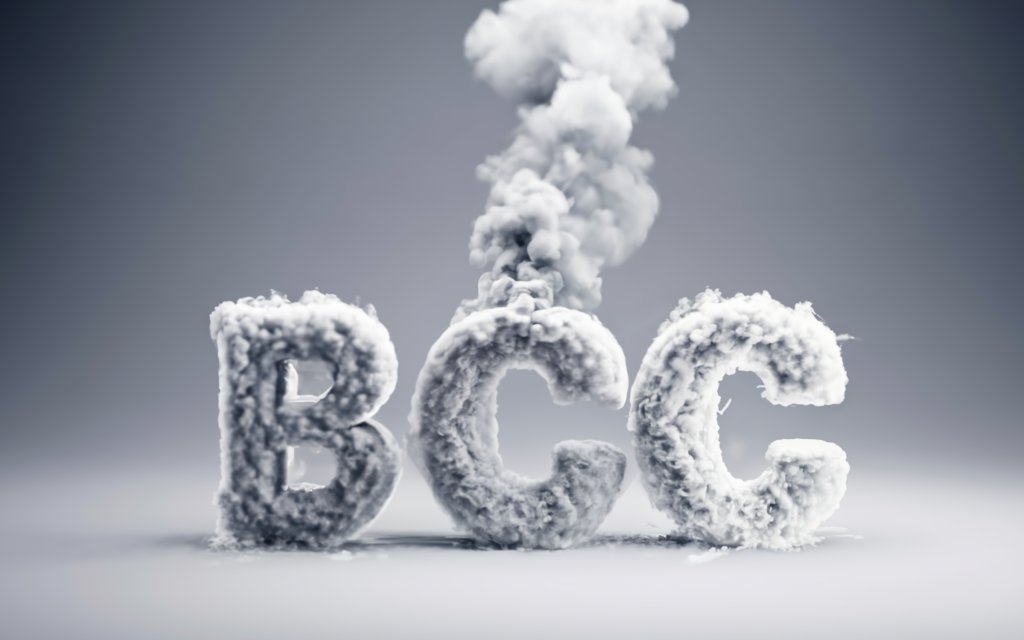
Advanced Tips for CC and BCC
You’ve mastered the basics – now it’s time to unlock advanced CC and BCC capabilities in Gmail. From scheduling to contact groups and bulk sending, these tips will make you a power user.
Scheduling a CC or BCC Email in Gmail
Want to compose an email now but send it later with CC/BCC? Gmail’s send scheduler is perfect for delaying your message.
Here’s how to schedule a CC or BCC email in Gmail:
- Draft your email and add recipients as normal.
- Click the dropdown arrow next to the send button.
- Choose “Schedule send.”
- Pick a date and time to send.
- Click “Schedule send.”
Gmail will deliver your scheduled email with all CC and BCC recipients at the chosen date/time automatically.
Scheduling sends are handy for:
- Delaying mass emails to off-peak times
- Waiting until contacts are normally online
- Sending monthly newsletters or meeting recap CC emails
Just be sure your Cc/Bcc list is still current when the email finally sends.
Copying an Existing Thread and Adding CC or BCC
What if you need to CC or BCC contacts on an older email thread? Copy the conversation first:
- Open the conversation and click the 3-dot menu.
- Choose “Forward as attachment.”
- Choose “Forward.”
- Add your new CC and BCC recipients as needed.
- Send!
This forwards the thread as an attachment while allowing you to add new recipients. Much easier than manually copying each previous email individually.
Importing Contacts and Adding CC/BCC Recipients
Manually adding long CC and BCC recipient lists is tedious. To save time:
- Click the respective Cc or Bcc field.
- Choose “Select contacts.”
- Pick your contact group, Google Sheet, or CSV file.
- Confirm the imported list.
- Send your email and all contacts will be copied!
This imports your recipient lists in seconds. Just keep the lists current.
CC and BCC for Google Groups
Google Groups make managing shared inboxes and mailing lists a breeze. To leverage them:
- Ensure your Group type allows sending to members.
- Click the Cc or Bcc field when composing your message.
- Select “Google Groups” from the dropdown.
- Choose your Group to add all members.
- Compose and send as normal.
The Group name will appear in the Cc or Bcc field, but members stay hidden for Bcc.
Sending Bulk Emails with CC/BCC
What’s the best practice for bulk emails?
- Keep recipients relevant – only CC/BCC those who truly need the info.
- Avoid massive CC chains – start new threads when needed.
- Use BCC for mass distribution lists to protect privacy.
- Personalize content for the To recipient(s).
- Test messages before sending bulk.
- Check for opt-outs and spam complaints.
- Always include an unsubscribe link.
- Use warmed-up IP addresses and domains.
- Stick to provider bulk send limits.
- Analyze engagement and refine your approach.
With great volume comes great responsibility. Apply these tips to keep your bulk CC/BCC emails effective and inbox-ready.
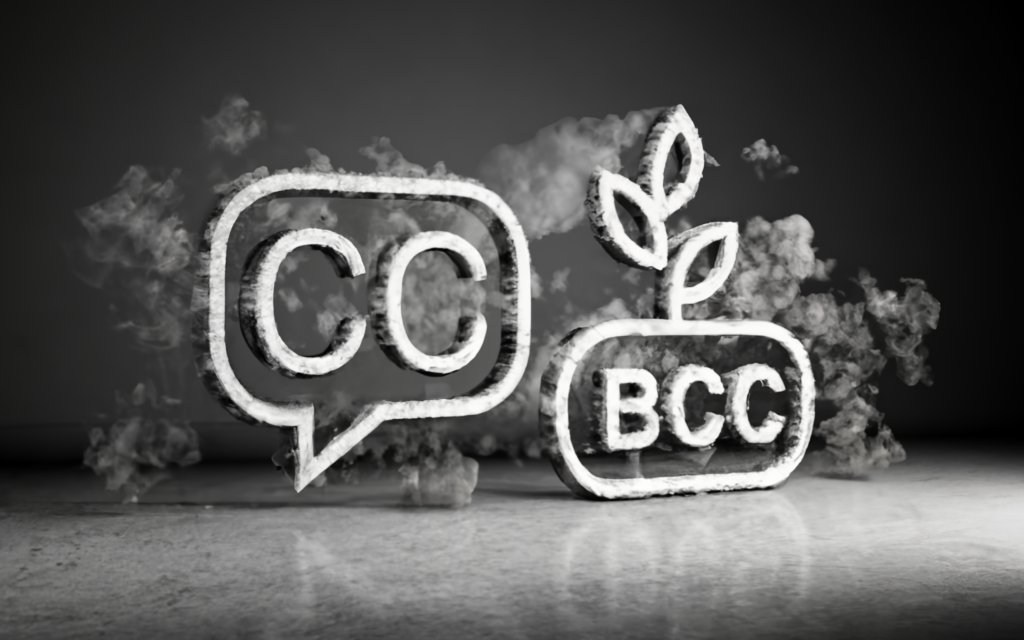
Email Deliverability and Avoiding Spam Filters
Mastering CC and BCC is great, but your emails still need to reliably reach inboxes. Avoid landing in spam or being bounced by following these deliverability best practices.
Warming Up New Email Addresses
Before sending important emails, “warm up” new addresses by establishing a positive reputation.
Tips for warming up addresses:
- Send initial emails only to known good contacts
- Gradually increase volume over days/weeks
- Avoid suspicious patterns like sudden blasts
- Keep early test content transactional
- Use double opt-in when collecting new contacts
- Monitor for bounces, blocks, spam reports
- Consider a professional warming service
Taking it slow primes your domain and IP for inbox placement.
Detecting Bounces and Removing Invalid Addresses
Bounced emails negatively impact your sender score. Detect and remove them early:
- Check account settings for bounce notifications
- Review logs on your email host for bounces
- Enable bounce alerts in email tools like Gmelius
- Manually verify random samples
- Prune lists of inactive or unengaged contacts
- Use single-use emails for unverified contacts
Keeping lists clean improves deliverability for all your future emails.
Guidelines for Sending Bulk CC/BCC Emails
More recipients means more scrutiny. Exercise caution when CC/BCCing at scale:
- Only send bulk to highly relevant contacts
- Personalize content in the To field for each recipient
- Use BCC instead of CC for privacy
- Send from reputable, warmed-up domains
- Adhere to provider bulk limits
- Include unsubscribe options
- Avoid spam trigger words and hyperbole
- Test extensively and analyze engagement
- Adjust approach based on spam complaints and bounces
Honor the privilege of your recipients’ inboxes.
Using Email Analytics to Refine Outreach
Leverage data to continually refine your approach:
- Closely monitor open and click-through rates
- Track unsubscribes, bounces, blocks for each campaign
- Review spam complaints and any blacklisting
- Segment recipients based on engagement
- Test new subject lines, content, designs, timing
- Automate reporting to simplify analysis
- Follow up with non-openers to gain insight
Let the numbers guide your strategy and improve results.
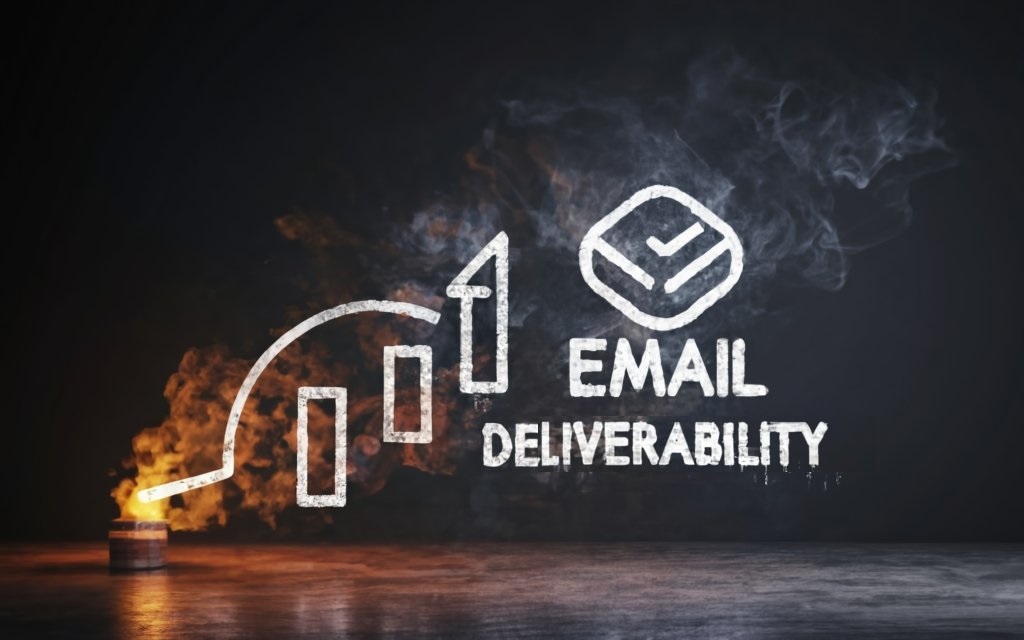
Key Takeaways
After reading this comprehensive guide, you should now be a CC and BCC pro in Gmail. Let’s recap the key lessons:
- Use CC for transparency when you want to loop in colleagues or contacts. Avoid excessive CC usage.
- Leverage BCC to discreetly copy recipients without exposing their email addresses.
- Follow proper CC and BCC etiquette to keep communications clutter-free.
- Easily add CC and BCC recipients when composing new Gmail messages or replying to threads.
- Take advantage of advanced features like scheduling sends, importing contact lists, and Google Groups integration.
- Warm up new email addresses, detect bounces, and analyze engagement data to maximize deliverability.
- Personalize content and use best practices like BCC when sending bulk emails.
- Troubleshoot issues with your CC or BCC by checking settings, disabling conversations view, and contacting Gmail support if needed.
Mastering the CC and BCC capabilities of Gmail helps you collaborate efficiently, loop in relevant recipients, and keep your contacts informed. Use these tools strategically to take your email communications to the next level.
Frequently Asked Questions
Still have some lingering questions about mastering CC and BCC in Gmail? These FAQs cover some of the most common inquiries:
Q: What’s the difference between CC and BCC?
A: CC recipients are visible to all recipients in the email header. BCC recipients are hidden from view. Use CC for transparency and BCC for privacy.
Q: When should I CC versus BCC?
A: CC colleagues to keep them in the loop. BCC for mass communications to avoid exposing email addresses.
Q: How many recipients can I CC or BCC?
A: The default limit is 100 recipients. You can enable up to 2,000 per message in Settings.
Q: Can I CC and BCC in the same email?
A: Yes, you can use both CC and BCC in a single Gmail. Just add recipients as needed.
Q: Why is my BCC not working?
A: Check for typos, incorrect field usage, extensions, send limits, or contact Gmail Support.
Q: Is CC or BCC better for privacy?
A: BCC is better for privacy as it hides recipient identities and contact info.
Q: Can I schedule an email with CC or BCC?
A: Yes! Use Scheduled Send to delay delivery of any email with CC or BCC recipients.
Q: How do I add CC and BCC for Google Groups?
A: Select your Google Group from the CC or BCC contact dropdown to add all members.
Q: What’s the best practice for sending bulk CC/BCC email?
A: Personalize content, use BCC, adhere to limits, analyze engagement data, and continuously optimize your approach.

